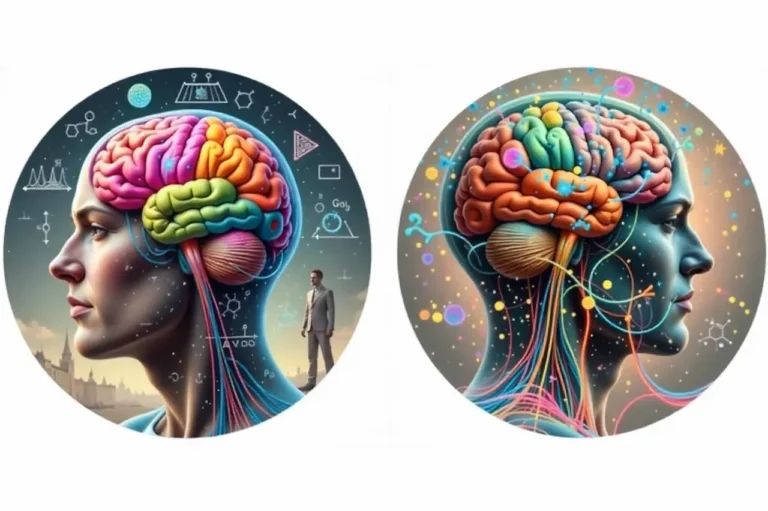Understanding the difference between motor control theory and motor learning theory is crucial for effective practice, especially for those prepping for the NBCOT® exam. This overview helps integrate these approaches in occupational therapy by examining real-world applications.
Motor Learning Theory
Motor learning involves acquiring and developing motor skills through practice and experience. It’s essential in helping patients like Wally achieve functional rehabilitation.
- Real-World Example: Evaluating a patient performing daily tasks in their home to monitor progress.
- Action Step: Focus on task-oriented activities weekly.
Motor Learning Frame of Reference
Motor learning frames and approaches are pivotal in adapting treatment to the individual needs of a patient. With a primary focus on real-life context, it embraces challenges that are meaningful to the client.
- Case Study – Wally’s Journey: Employ repetitive practice of daily tasks, such as dressing or transferring, to reinforce learning.
- Practice Quizzing: How does motor learning assist in patient motivation?
Motor Control Theory
Motor control theory in occupational therapy focuses on the process of initiating and directing voluntary movement, emphasizing stability before mobility.
- Example: Assisting a patient in regaining trunk stability to support limb movement.
- Strategy: Include sensorimotor exercises in daily practice routines.
Motor Learning Approach in Occupational Therapy
The motor learning approach integrates functional tasks to motivate patients and is tailored to each patient’s unique abilities and needs.
- Interactive Question: Can you identify how motor learning differs from motor control?
- Recommendation: Use feedback during sessions focusing on functional outcomes.
Motor Learning vs. Motor Control
While motor learning emphasizes acquiring skills through experience, motor control addresses the execution of movements. Both are essential in occupational therapy to rewire neurological pathways for improved patient outcomes.
Stages of Motor Learning
Understanding the stages of motor learning—cognitive, associative, and autonomous—guides the therapeutic process, adapting techniques as the patient progresses.
- Insight: Progress through each stage is monitored via practical task performance.
- Call-to-Action: Stay informed with quizzes and exclusive content by joining our community.
Want detailed practice tips to ace the NBCOT® exam? Join now for full access!
What is the difference between motor control and motor learning?
Motor control focuses on the initiation and execution of movement, emphasizing stability before mobility. Motor learning involves acquiring and refining motor skills through practice, essential for functional rehabilitation.
How does motor learning theory apply to occupational therapy?
Motor learning theory in occupational therapy involves tailoring treatment to the patient’s real-life context. It uses task-oriented activities to help patients like Wally achieve functional rehabilitation through practice and experience.
What are the stages of motor learning?
The stages of motor learning are cognitive, associative, and autonomous. These stages help guide the therapeutic process, allowing for techniques to be adapted as the patient progresses.
How can motor control theory benefit patients in occupational therapy?
Motor control theory can help patients regain trunk stability and support limb movements. This theory involves using sensorimotor exercises in daily practice routines to improve voluntary movement.
Why is feedback important in the motor learning approach?
Feedback is critical in the motor learning approach because it helps tailor the sessions to achieve functional outcomes. It motivates patients and supports the acquisition of skills needed for daily tasks.



